Arthur Hughes-Onslow
View Arthur on the Commonwealth War Graves Commission website
Known information
Major Arthur Hughes-Onslow loved horses. He was a cavalryman with distinguished service in India, the Sudan and the Boer War. He had seen horses suffer and knew how cruel war could be to them. He had seen them mutilated and killed in battle, starved and ridden to death in South Africa and had been shipwrecked with 300 mounts of which only 20 survived. Horses were his life and when he retired he came to live in Braunston so he could spend his days hunting with the Cottesmore and taking part in point-to-points. But tragic circumstances led him to become Rutland's first casualty. When the First World War began Arthur did not hesitate and although way past the age when he could be called up again, he volunteered to rejoin the army. His great experience of horses led to an instant appointment as a remount officer, responsible for choosing and looking after horses. But he could not forget what he had seen. On 17 August 1914, during the crossing to Le Havre to take up his command and less than two weeks after war had been declared, he shot himself on board SS City of Edinburgh. He just could not bear to take horses back into battle. His great great-grandson John Fergusson has researched his full story which was published by the Western Front Association here. In Rutland and the Great War, George Phillips concentrates on Arthur's sporting prowess in an effusive biography. It is unlikely he knew how the Major had really met his end. In fact, his family was not told exactly what had happened and only discovered the true circumstances later. According to Phillips, Arthur Hughes-Onslow was born on 24 August 1862, at Alton Albury, Girvan, Ayrshire. Educated at Eton and Sandhurst, he was originally gazetted to the 5th Lancers as a Lieutenant on 10 May 1882. He went on to spend 20 years and 249 days in the Army. Phillips wrote: "Major Hughes-Onslow was a skilful exponent of every kind of sport appealing to the cavalry soldier; racing, cricket, polo, hunting. He quickly showed his ability as a steeplechase rider, for on his first appearance in the saddle at the Melton meeting in 1882 he won a couple of steeplechases in one afternoon. It was, however, in the Grand Military Gold Cup that he scored his principal successes, having set up a record for the event by winning it three times in four attempts - a feat which has yet to be equalled or beaten; while he was also on the back of the winner of the Irish Grand Military on three occasions. The Maiden Military Steeplechase fell to the gallant soldier's prowess on five occasions, while on his favourite battle-ground, Melton, the Ladies' Plate was accounted for three times within four years, and the Leicestershire Steeplechase twice. During his residence in Braunston he was one of the most ardent followers of the Cottesmore Hounds and neighbouring packs. He was also very fond of cricket, and, as a member of the MCC, frequently figured in the teams against the local clubs, and also played for Oakham, Egerton Park (Melton), and Burghley Park (Stamford)." Arthur married in 1891, Annie Kathleen Whitehead, of Deighton Grove, York. The couple had two children, Geoffrey, who became a Lieutenant in the Royal Navy, winning the DSC, and Dorothy who married another cavalry officer, Lieutenant Douglas Lithgow, of the Royal Dragoons. Arthur was buried at Sanvic Communal Cemetery but in 1938 his grave was moved to Ste. Marie Cemetery, Le Havre, grave Div.64.VI.B.1. He is remembered on Braunston's war memorial. To complete the sad tale, his brother Denzil, also a major in his fifties, died in the fighting on the Somme.
We are very grateful to Arthur's great-great grandson John Fergusson for his contribution below pointing out his article for the Western Front Association. John made the cross pictured on the grave below using wood from Arthur's birthplace in Ayrshire.

|
Do you know something about Arthur that hasn't been mentioned? You can add any new information and images as a contribution at the bottom of this page. |














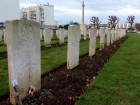
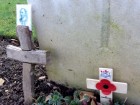
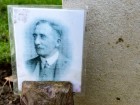

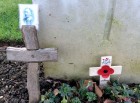
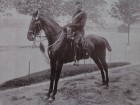
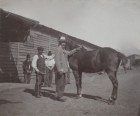

.png)
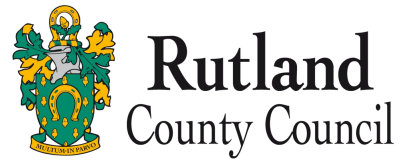

.jpg)





Please wait